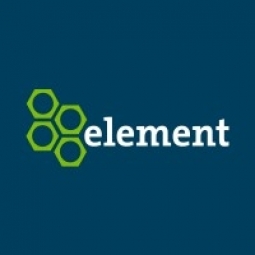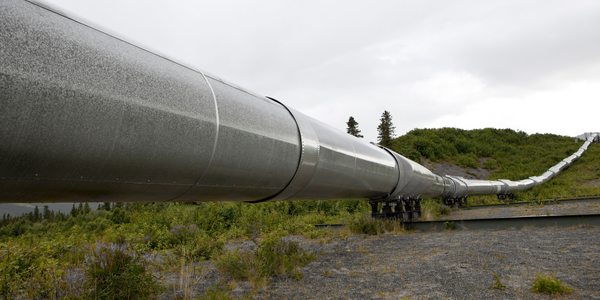Customer Company Size
Large Corporate
Product
- On-board generator
- Fleet Management Services
Tech Stack
- Fleet Management Software
Implementation Scale
- Enterprise-wide Deployment
Impact Metrics
- Productivity Improvements
- Cost Savings
Technology Category
- Functional Applications - Fleet Management Systems (FMS)
Applicable Industries
- Oil & Gas
Applicable Functions
- Logistics & Transportation
Use Cases
- Fleet Management
- Vehicle Performance Monitoring
Services
- System Integration
About The Customer
The customer is a company in the Oil & Gas industry. They have a fleet size of 3,000, which includes service/delivery/sales cars, light trucks, medium trucks, heavy trucks, and trailers. The services they utilize include Accident, Acquisition, and Fleet Partnership. They also use solutions for Fuel, Maintenance, Risk & Safety, and Title, Licensing & Registration.
The Challenge
The customer's stand-alone generator sets were experiencing high failure rates and were prone to theft. The trucks were diesel powered and the generator sets used gas to power their tools, resulting in frequent fueling mix-ups and higher maintenance costs. In addition, the current generators experienced a high rate of burnouts from being used so much and as gas was their source of power, drivers had to bring gas cans with them. Some field customers would not permit this and the trucks were not allowed on site – impacting our customer’s ability to service their customers.
The Solution
Element Fleet Management spoke with vendors, conducted research and discovered similar products being used in other industries that could work in this situation. Element collaborated with a supplier to develop an on-board generator which eliminated the fuel and maintenance issues. The insert is built right into the truck and drives using the diesel engine. The generator insert was customized to fit the requests and unique challenges the customer was experiencing. The integrated generator systems were implemented improving productivity, lowering maintenance costs, improving durability and efficiency, eliminating theft and increasing versatility. In addition, the new generator system provides more power, improves driver safety and is always available with the flip of a switch.
Operational Impact
Quantitative Benefit

Case Study missing?
Start adding your own!
Register with your work email and create a new case study profile for your business.
Related Case Studies.

Case Study
Taking Oil and Gas Exploration to the Next Level
DownUnder GeoSolutions (DUG) wanted to increase computing performance by 5 to 10 times to improve seismic processing. The solution must build on current architecture software investments without sacrificing existing software and scale computing without scaling IT infrastructure costs.

Case Study
Remote Wellhead Monitoring
Each wellhead was equipped with various sensors and meters that needed to be monitored and controlled from a central HMI, often miles away from the assets in the field. Redundant solar and wind generators were installed at each wellhead to support the electrical needs of the pumpstations, temperature meters, cameras, and cellular modules. In addition to asset management and remote control capabilities, data logging for remote surveillance and alarm notifications was a key demand from the customer. Terra Ferma’s solution needed to be power efficient, reliable, and capable of supporting high-bandwidth data-feeds. They needed a multi-link cellular connection to a central server that sustained reliable and redundant monitoring and control of flow meters, temperature sensors, power supply, and event-logging; including video and image files. This open-standard network needed to interface with the existing SCADA and proprietary network management software.

Case Study
Refinery Saves Over $700,000 with Smart Wireless
One of the largest petroleum refineries in the world is equipped to refine various types of crude oil and manufacture various grades of fuel from motor gasoline to Aviation Turbine Fuel. Due to wear and tear, eight hydrogen valves in each refinery were leaking, and each cost $1800 per ton of hydrogen vented. The plant also had leakage on nearly 30 flare control hydrocarbon valves. The refinery wanted a continuous, online monitoring system that could catch leaks early, minimize hydrogen and hydrocarbon production losses, and improve safety for maintenance.










